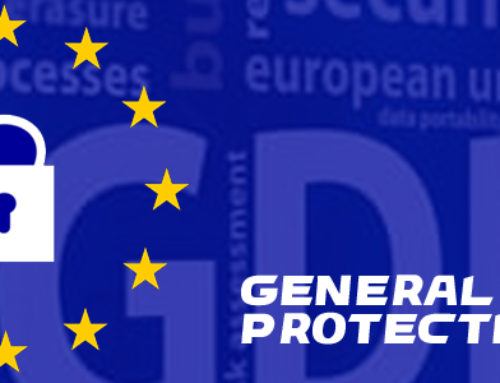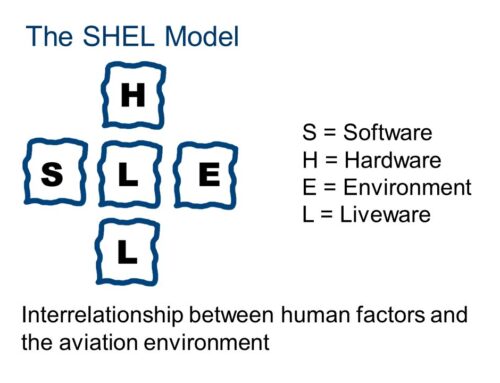The blockchain is an undeniably ingenious invention – the brainchild of a person or group of people known by the pseudonym, Satoshi Nakamoto. But since then, it has evolved into something greater, and the main question every single person is asking is: What is Blockchain?
“The blockchain is an incorruptible digital ledger of economic transactions that can be programmed to record not just financial transactions but virtually everything of value.”
Don & Alex Tapscott, authors Blockchain Revolution (2016)
The Innovation Is Blockchain
Scott’s deep dive into cryptocurrency, blockchain and initial coin offerings with NYU Stern finance professor David Yermack.
The blockchain is an undeniably ingenious invention – the brainchild of a person or group of people known by the pseudonym, Satoshi Nakamoto. But since then, it has evolved into something greater, and the main question every single person is asking is: What is Blockchain? “The blockchain is an incorruptible digital ledger of economic transactions that can be programmed to record not just financial transactions but virtually everything of value.”
Don & Alex Tapscott, authors Blockchain Revolution (2016)
What is cryptocurrency?
Few people know, but cryptocurrencies emerged as a side product of another invention. Satoshi Nakamoto, the unknown inventor of Bitcoin, the first and still most important cryptocurrency, never intended to invent a currency. In his announcement of Bitcoin in late 2008, Satoshi said he developed “A Peer-to-Peer Electronic Cash System.“ His goal was to invent something; many people failed to create before digital cash. The single most important part of Satoshi‘s invention was that he found a way to build a decentralized digital cash system. In the nineties, there have been many attempts to create digital money, but they all failed.
cryptocurrency like Bitcoin consists of a network of peers. Every peer has a record of the complete history of all transactions and thus of the balance of every account. A transaction is a file that says, “Bob gives X Bitcoin to Alice“ and is signed by Bob‘s private key. It‘s basic public key cryptography, nothing special at all. After signed, a transaction is broadcasted in the network, sent from one peer to every other peer. This is basic p2p-technology. Nothing special at all, again.
What is blockchain?
Blockchain is an algorithm and distributed data structure for managing electronic cash without a central administrator among people who know nothing about one another. Originally designed for the crypto-currency Bitcoin, the blockchain architecture was driven by a radical rejection of at (government-guaranteed) money and bank-controlled payments.
103 UKGOS – What is blockchain ? from Mukhtar on Vimeo.
How dose blockchain work?
Blockchain is a Distributed Ledger Technology (DLT) that was invented to support the Bitcoin cryptocurrency. Bitcoin was motivated by an extreme rejection of government-guaranteed money and bank-controlled payments. The developer of Bitcoin, Satoshi Nakamoto envisioned people spending money without friction, intermediaries, regulation or the need to know or trust other parties.
Technically, the original blockchain is separable from Bitcoin, but this report will show that the blockchain design is so specific to Bitcoin that it’s not a good fit for much else.
The central problem in electronic cash is Double Spend. Because pure electronic money is just data, nothing stops a currency holder from trying to spend it twice. Blockchain solves the Double Spend problem without a digital reserve fund or similar form of umpire.
Blockchain monitors and verifies Bitcoin transactions by calling upon a decentralized network of volunteer-run nodes to, in effect, vote on the order in which transactions occur. The network’s algorithm ensures that each transaction is unique.
Several thousand nodes make up the Bitcoin network. Once a majority of nodes reaches consensus that all transactions in the recent past are unique (that is, not double spent), they are cryptographically sealed into a block. Each new block is linked to previously sealed blocks to create a chain of accepted history, thereby preserving a verified record of every spend.
The Bitcoin blockchain’s functionality and security results from the network of thousands of nodes agreeing on the order of transactions. The diffuse nature of the network ensures transactions and balances are recorded without bias and are resistant to attack by even a relatively large number of bad actors. In fact, the record of transactions and balances remains secure as long as a simple majority (51 percent) of nodes remains independent. Thus, the integrity of the blockchain requires a great many participants.
One of the Bitcoin blockchain’s most innovative aspects is how it incentivizes nodes to participate in the intensive consensus-building process by randomly rewarding one node with a fixed bounty (currently 12.5 BTC) every time a new block is settled and committed to the chain. This accumulation of Bitcoin in exchange for participation is called “mining” and is how new currency is added to the total system afloat.
Before attempting to extend blockchain technology to new applications it is important to understand the intent of blockchain’s developers.
Blockchain: Massively Simplified | Richie Etwaru | TEDxMorristown
Richie Etwaru, discusses the opportunity and implications of blockchain as a paradigm to slow/chose the expanding trust gap in commerce. He unpacks blockchain to a level of simplicity to be consumed by those that are just starting to understand and explore the paradigm. He lays out a current state of commerce, suggesting that every company is currently at risk of being disrupted or incurring severe strain from a blockchain version of itself. Professionally, Richie Etwaru is a c-level at a Fortune 500 Company, an author, the owner of international patents, the founder of multiple ventures, an experienced keynote speaker, an angel investor, a member of advisory boards, and a recognized thought leader in the area of digital, technology, and design. Specific to this TEDx talk, Richie is an adjunct professor of blockchain management at Syracuse University in New York, he has delivered over 100 blockchain keynotes across the world, he has written well read blockchain blogs, he has been interviewed on blockchain in online TV shows, and has advised governments and venture funds on blockchain opportunities. This talk was given at a TEDx event using the TED conference format but independently organized by a local community.





